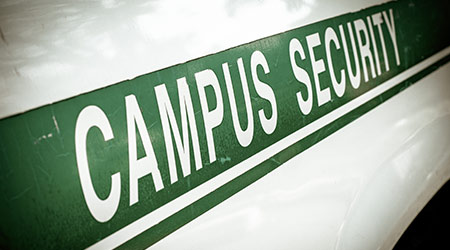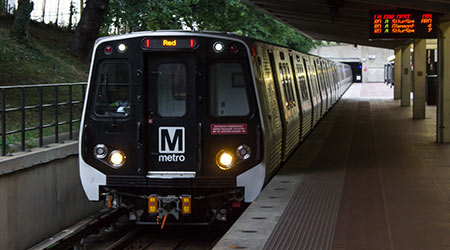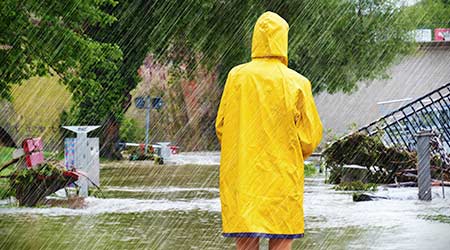
Lessons in Security: Universities Rethink Protection
July 30, 2018
The ongoing attacks on K-12 schools around the country have had an impact that goes far beyond the halls and classrooms of these facilities. Institutional and commercial facilities of all kinds are rethinking their security procedures and measures, and that includes higher education facilities.
Why?
The measures many elementary and high schools have taken to secure their campuses don't translate to colleges, according to The Arizona Republic. Anyone can walk onto a public college campus.
The openness can make it more difficult to react in the unlikely event of a shooter. At colleges, students have a great deal of autonomy. They move freely among buildings at all times of the day. College campuses can not really be put on lockdown because of the number of buildings and open areas.
"It’s more difficult because you don’t have that kind of control where you can control where people come in and out," says Pete Blair, a criminal justice professor at Texas State University.
Instead, campuses point to technologies, like phone apps and texting, that immediately notify students of potential emergencies. Security experts say universities should first focus on prevention and catching warning signs of potential violence.
Aside from prevention, preparation is key, Blair says. Similar to the way students go through drills on reacting to a fire, they should be prepared for a shooting.
Instead of using the terms "run, hide, fight," Blair says to focus on "avoid, deny, defend." Avoid the attacker, deny them access to your location and defend yourself from being killed.
This Quick Read was submitted by Dan Hounsell — dan.hounsell@tradepressmedia.com — editor-in-chief of Facility Maintenance Decisions, and chief editor of Facilitiesnet.com.
Next
Read next on FacilitiesNet












